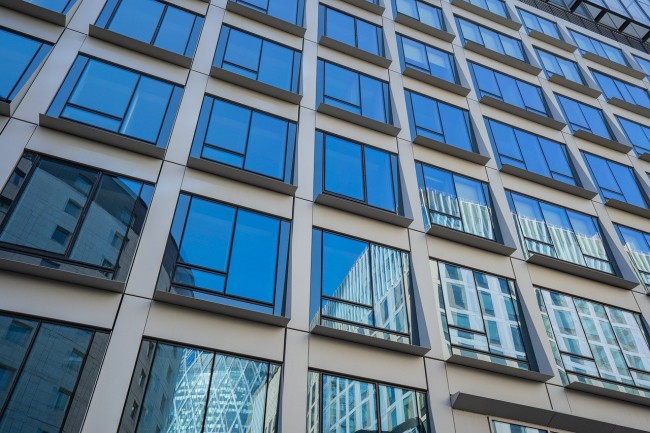
Smart systems are revolutionizing how large buildings access and manage operations. AI-enhanced monitoring and cloud-based tracking tools optimize visitor flow while boosting security.
Additionally, check-in platforms cut down on wait times, eliminate paperwork, and deliver real-time data. This leads to more informed decision-making. The best part is that merging such software further creates an environment that boosts organizational efficiency and compliance.
Streamlining Entry
High-traffic facilities frequently encounter bottlenecks at entry points. Fortunately, automated access gates are revolutionizing this process. These solutions employ scanning technologies to swiftly verify credentials, manage permissions, and log data for future analysis.
Such an approach not only accelerates the check-in procedure but also eliminates human error. Additionally, these systems offer customization for various types of entries like staff members, regular individuals and VIP guests. This ensures flexible and efficient management across all categories.
Setting New Standards
Biometric verification tools present an advanced method for securing facility access. By utilizing fingerprints or iris scans, these systems quickly offer a robust level of defense.
They are especially useful for maintaining confidentiality as they actively prevent unauthorized access. Moreover, these solutions can be combined with other measures to establish a comprehensive safety network. This guarantees 24/7 surveillance.
Harnessing Real-Time Data
The incorporation of IoT devices in commercial environments offers facility managers exceptional oversight capabilities. With sensors and connected gadgets monitoring conditions in real-time, professionals can quickly track occupancy levels and unauthorized attempts.
This continuous stream of information also enables swift responses to threats, boosting overall space management. Additionally, such tech infrastructures optimize energy usage. This results in operations that are not only more secure but also sustainable.
Smart Innovations
Artificial intelligence can process data from various sources to anticipate busy periods, allowing timely adjustments in security measures. Additionally, it identifies patterns that could signal potential breaches, enabling proactive responses.
Moreover, cloud-based visitor management software can help streamline entry and exit processes. This actively minimizes wait times and personalizes guest experiences based on past interactions.
Empowering Users
Mobile apps empower users to handle their visits directly from their devices. These tools facilitate gate access through push notifications, remote check-ins, and digital keys. For facility managers, they provide a direct channel for communication with guests and staff.
This enables them to send alerts and swiftly update entry protocols. Such a streamlined approach not only helps maintain safety but also guarantees an adaptable environment.
Optimizing Operations
By examining entry and exit data, visitor flow patterns, and security breaches, managers are empowered to make informed decisions.
These are often regarding resource allocation, staffing requirements and security improvements. Additionally, predictive analytics can anticipate potential disruptions, channeling proactive facility management.
Imagining the Future
VR has the potential to revolutionize visitor experiences and interactions within a building. This technology can facilitate virtual tours, conduct safety drills, or be integrated into the registration process for an immersive experience. The great news is that it does not just boost security levels but also maximizes the appeal of any facility.
Endnote
Commercial buildings face increasing demands for stricter safety measures. By adopting modern innovations, businesses can swiftly tackle current challenges and stay prepared for future developments.
